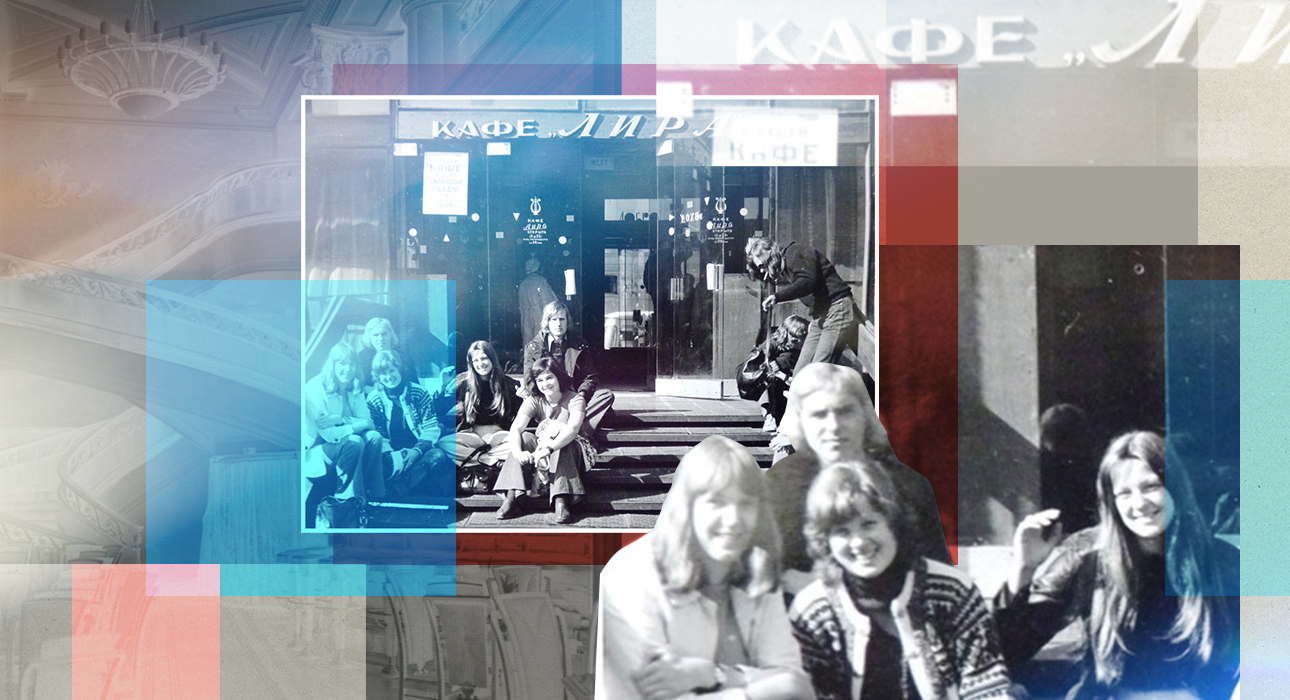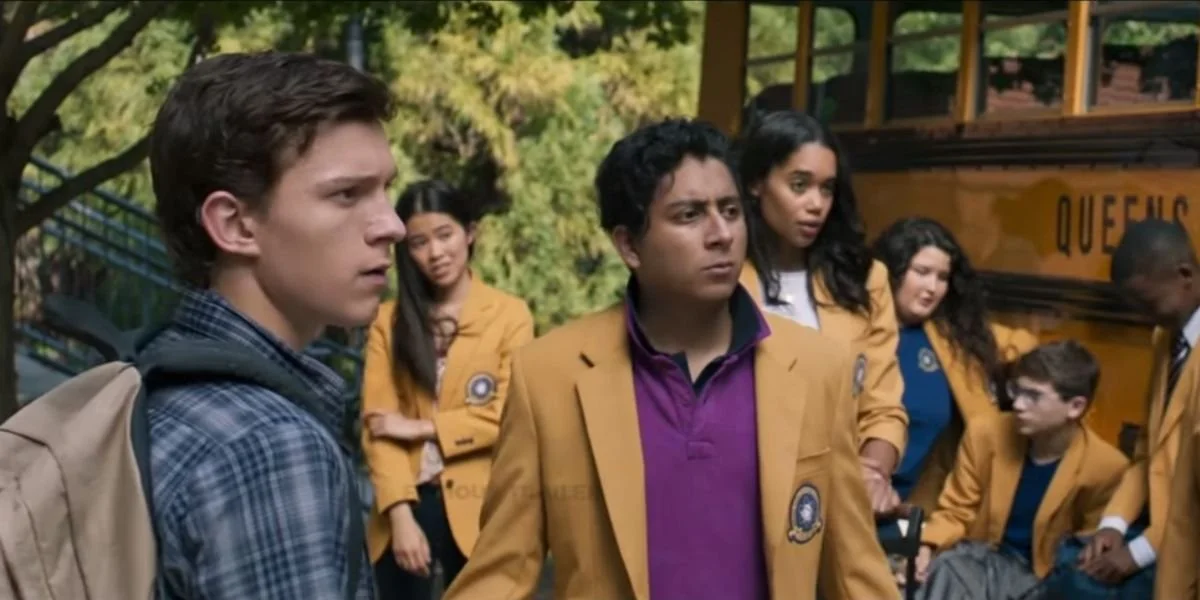Moscow was never considered the capital of bars, but this does not mean that there were no places to drink here. The first drinking establishments, similar to bars or speakeasies in the usual sense, appeared in the USSR only in the 1960s, when tourists began to come here. Therefore, they were opened mainly in hotels in the city center. For example, the most popular of such projects are the bars in the international hotels “Moscow” and “Berlin”, “Intourist” and “Metropol”. People called them exchange offices because the entrance was open only to foreigners living there and paying mostly in foreign currency. Yes, by the way, it was impossible for an ordinary Soviet person to get here. At the entrance, someone from the KGB was constantly on duty and closely monitored the situation.
But there were other establishments in Moscow where Soviet citizens could spend time drinking beer. In this material, we recall the five main places of power in the capital, which everyone who lived in the USSR knew for sure.
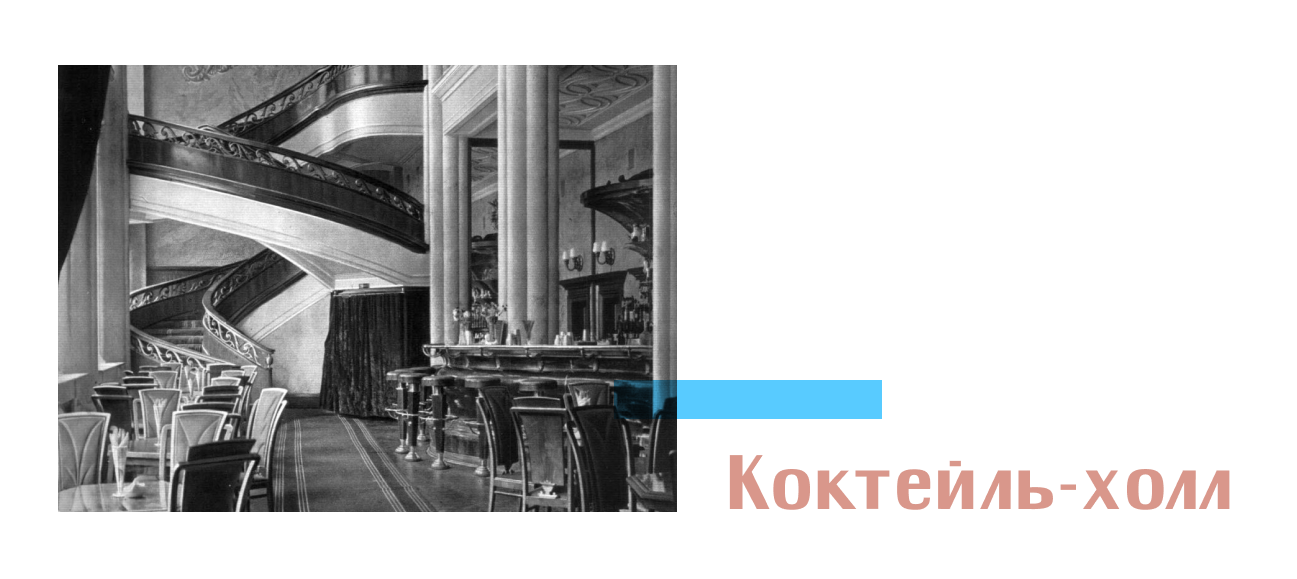
The legendary Soviet institution became famous not only throughout the country, but also far beyond the borders of the Soviet Union. The Cocktail Lounge opened its doors in 1938 on Tverskaya. More precisely, on Gorky Street – that’s what it was called at the time. The establishment was positioned as a project that would bring its guests closer to Western culture. Inside the two-story mansion, a real Western bar opened until three in the morning, with music, a spiral staircase, carpets and huge chandeliers. True, it became more popular after the Great Patriotic War.
In the 50s, “Coke”, as the bar was popularly called, became a place of power for young men obsessed with Western culture. It was impossible to get into the Cocktail Room without an escort – face control was no worse than in the legendary Simach. Still, frankly, this place was considered elite – mainly the Soviet intelligentsia, the golden youth, and later the secret services lived here. Here they mixed more than five hundred varieties of cocktails for every taste and played jazz, which at that time was considered a “degenerate” genre. How the authorities allowed such a place to exist in the center of the capital is still a mystery. But there is an opinion that they had their own purpose here. One of them is surveillance of unreliable citizens.

Speaking of the most popular places in the capital, we cannot fail to mention the Zhiguli beer bar on the Arbat. From the late 60s to perestroika, it was considered a cult place among all fans of foam. True, it was also difficult to get here. There were such queues on the street that men were ready to give the “doorman” up to three rubles just to spend the evening here. The bar served the legendary Zhiguli beer, which was bottled at a factory in the Moscow region at that time. By the way, it was here that you could drink it almost undiluted. During perestroika, Zhiguli was closed, but in 2002 a new bar of the same name was opened on the same site, which still operates today.
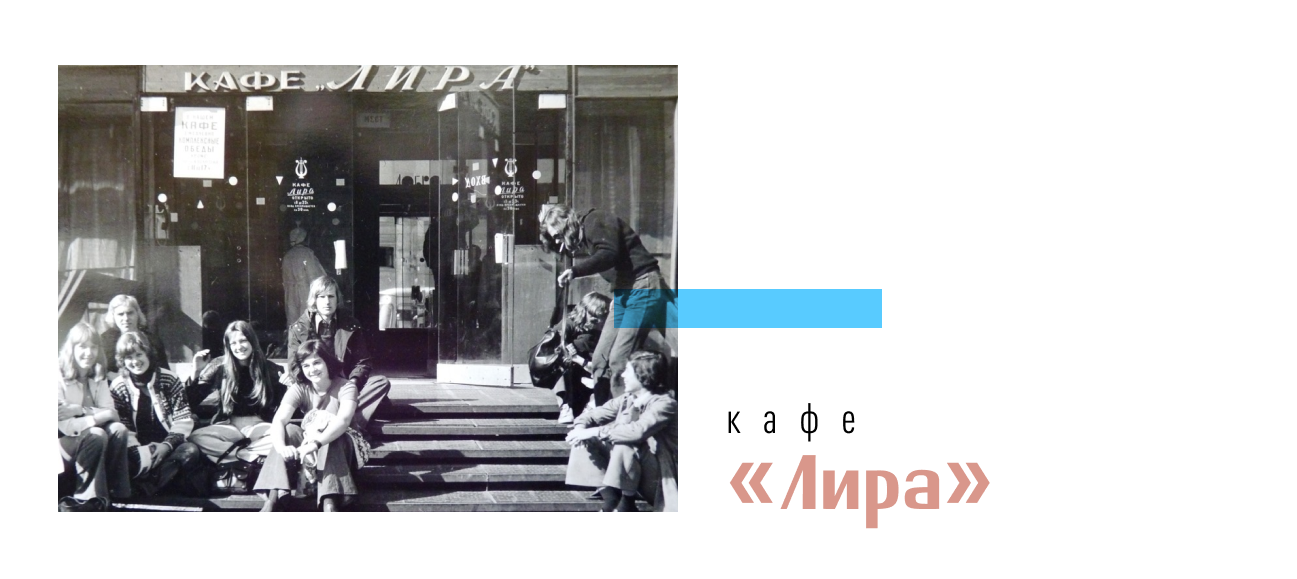
Another place of power for Soviet youth was the Lira cafe-bar, which many young people of that time tried to get into. The place was completely ordinary, but its good location played a role. “Lyra” was located on Pushkin Square. During the day, there was a cafe here, but in the evening it turned into a secret bar, and a doorman named Kostya was responsible for getting in. The group “Time Machine” even dedicated a whole song to “Lyra”, and there was a line about this man: “At the gates of the establishment there is a crowd of people, crushed underfoot and evaporating. // But the crowd of people does not matter; there is a doorman behind the gates.”
The peak of the bar’s popularity came in the 70s, when it was completely occupied by the capital’s hippies. They came here for the legendary local cocktail “Champagne-shoe”, which at that time cost about one and a half rubles, which was equivalent to ten eggs. Later, due to the anti-alcohol campaign in the USSR, the place turned into a non-alcoholic bar. Later, “Lira” was completely closed, giving way to the first McDonald’s, and now “Tasty and Tochka”.
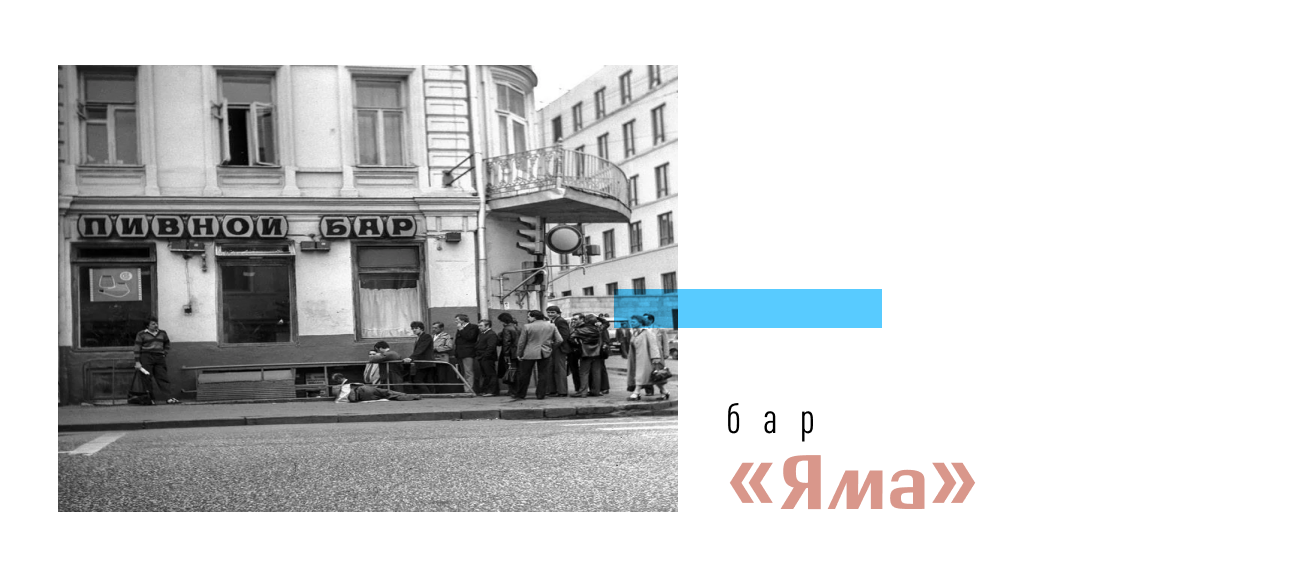
“Yama” in Stoleshka is now an iconic fashion spot that houses a Prada boutique. The Soviet underground had a party – students, young engineers and even musicians. Everyone who had no plans for the evening loved this place. By the way, “The Pit” was originally called “The Castle”. It got its popular name because of its surroundings – the bar was located in the basement, and the main and only interior detail was high tables where you could lean your elbows if you wanted. The establishment itself consisted of only a few machines that dispensed diluted cheap beer for 20 kopecks, but still queues formed. The bar operated until 1990, after which it closed forever.
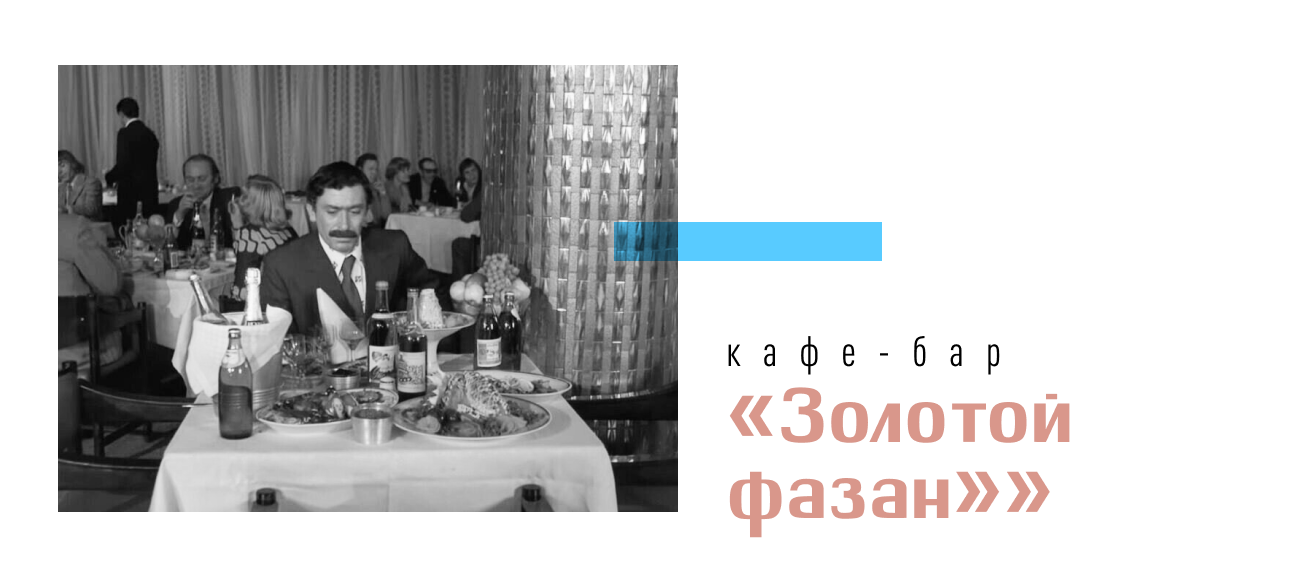
In general, diluted beer was one of the main problems of the capital’s establishments, so any place that offered good foamy beer automatically became popular. For example, this happened in the Golden Pheasant pub in the Kievsky railway station area. It was considered elite and was unaffordable for many young people. Unlike most other beer establishments, it had seating.
Source: People Talk
Errol Villanueva is an author and lifestyle journalist who writes for The Fashion Vibes. With a passion for exploring the latest trends in fashion, food, travel, and wellness, Errol’s articles are a must-read for anyone interested in living a stylish and fulfilling life.

